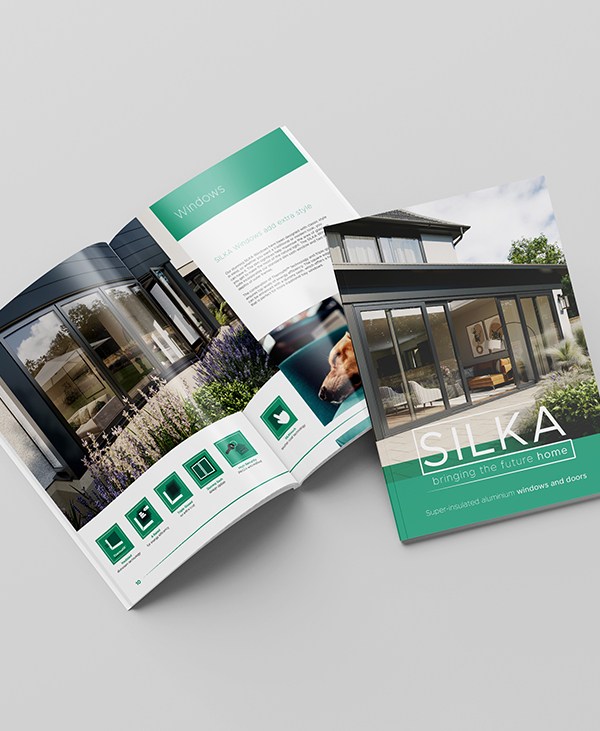
PAS 24 has always been a key benchmark for window and door security, but with the latest update coming into effect, it’s more important than ever.
At FIT Show 2025, we joined a packed seminar on the new iteration of PAS 24, with insights from the experts at BSI, ERA, Nationwide Windows, UAP, Secured by Design and ift Rosenheim. Their message was clear: this isn’t just a box-ticking update, it’s a vital step forward for product integrity, consumer confidence and the long-term security of new homes.
We unpack the key talking points from that session, what’s changed, why it matters, and how manufacturers and fabricators can stay one step ahead.
A quick refresher on PAS 24
PAS 24 is a UK-specific enhanced security standard that outlines the minimum performance requirements for doors and windows when tested against attempted forced entry.
Unlike standards that focus on individual components, PAS 24 assesses the complete product, ensuring it can withstand realistic break-in scenarios. It’s widely recognised as the main route to demonstrating compliance with Approved Document Q, which sets the security baseline for new dwellings in England.
Originally introduced in the 1990s, PAS 24 has evolved several times to reflect changes in criminal methods and growing expectations around product testing and certification. The latest version – PAS 24:2022, with its 2024 amendment (A1), continues that evolution.
So, why the change, and why now?
The short answer? Because criminals have changed their tactics.
As the panel rightly pointed out, modern toolkits used by burglars look very different to those used 10 years ago. Attacks are quicker, quieter, more precise, and in many cases, highly targeted based on known product vulnerabilities.
PAS 24 allows the industry to respond quickly. Unlike full British Standards, which can take years to revise, PAS documents are deliberately agile. They can be updated in response to urgent threats, and this latest revision is exactly that.
The aim is simple: keep security performance up to date and make sure tested products remain genuinely fit for purpose.

Key changes in PAS 24:2022 and A1:2024
1. New tools and techniques added to Annex A (Door sets)
The testing process now includes additional substances and tools, such as superglue, freezing spray, water, and more advanced applicators. These reflect techniques now being used in burglaries and will become part of the assessment process in test labs. Hardware will need to be reviewed to ensure it performs reliably under these updated conditions.
2. Reinforced guidance for unassembled products and installation (Clause 6.2)
If a door or window is supplied unassembled – for example, in a flat-pack format for site assembly – the certificate holder remains responsible for ensuring it performs as tested. The same applies to installation. Fabricators and system houses must provide precise instructions, define hardware requirements, and maintain a clear, traceable link between the tested version and the product installed on site.
The aim is to close the gap between testing and real-world application and reduce the risk of performance loss at the point of installation.
What should manufacturers and fabricators do next?
The first priority is to assess whether your current products are still fully compliant under the new testing conditions. The panel offered several practical steps:
- Review your hardware now
Check that your locks, cylinders, handles and reinforcements are suitable for the updated test. It may be necessary to retest or upgrade certain components.
- Audit your installation instructions
Ensure your fitting instructions are accurate, detailed and easy to follow. Can someone unfamiliar with your product install it to PAS 24 standards? If not, it’s time for an update.
- Talk to your test house or certification body
Organisations like BSI can help you assess where you stand and what needs to change. In many cases, adjustments can be made during existing factory assessments.
- Don’t wait for the deadline
The formal transition period runs until January 2027, but clients, especially those aligned with Secured by Design, may start expecting compliance much sooner.
The advice from the experts was clear: “Don’t panic, but don’t stand still, either.”
A note on Document Q
Approved Document Q (ADQ) underpins security requirements for all new dwellings in England. While it hasn’t yet been updated to reflect PAS 24:2022 and A1:2024, that’s expected once related standards (like the one for electronic locks) are also revised.
In practice, that means:
- ADQ remains the regulatory baseline
- PAS 24 continues to be the primary route to compliance
- Staying ahead of the standard now gives you a long lead time on future change
Why this matters
Beyond the technical details, there’s a bigger principle at play here, and it was voiced several times during the FIT Show seminar. Consumers are looking for reassurance and peace of mind. With concerns around home security increasing, homeowners and housebuilders alike are placing greater value on proven compliance and product integrity.
For manufacturers and fabricators, this is about more than meeting requirements and ticking a box, it’s about protecting brand trust, strengthening relationships with installers and developers, and reinforcing the professionalism of the industry as a whole.
Now’s the time to get ahead.
















